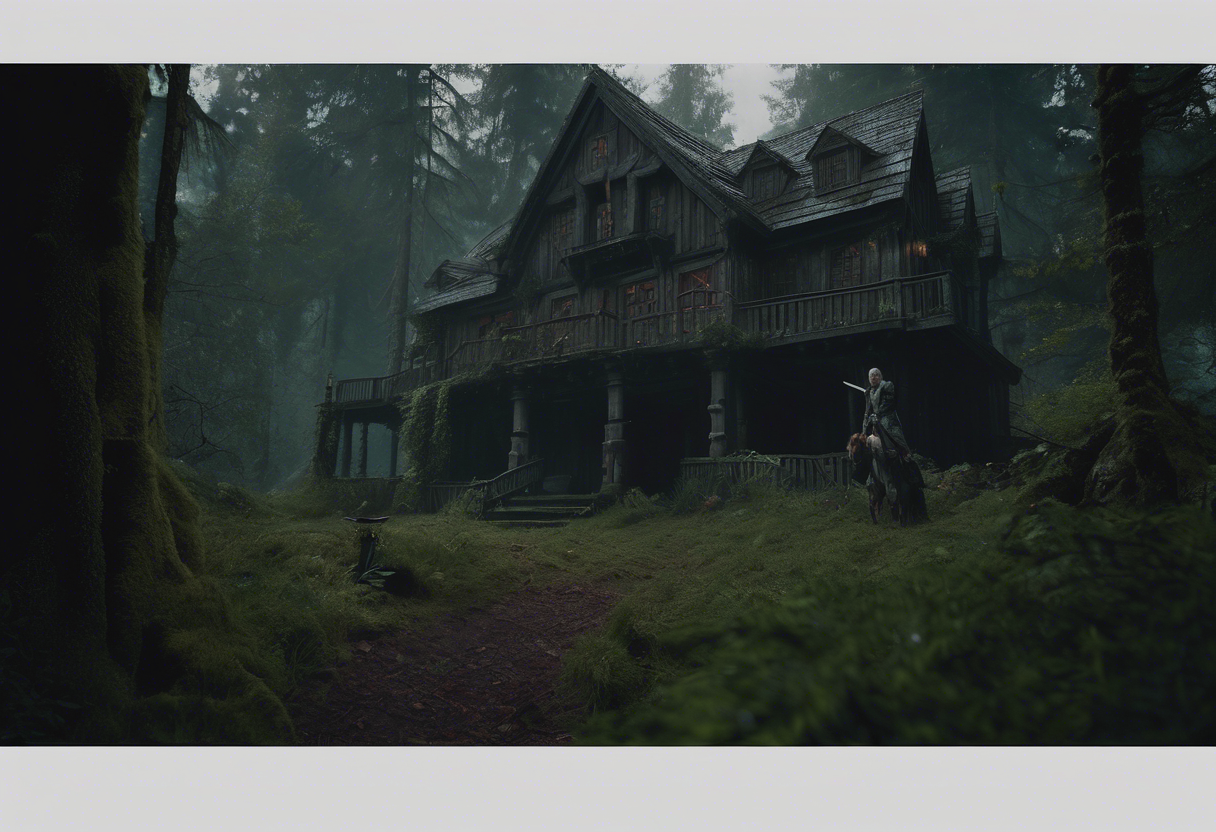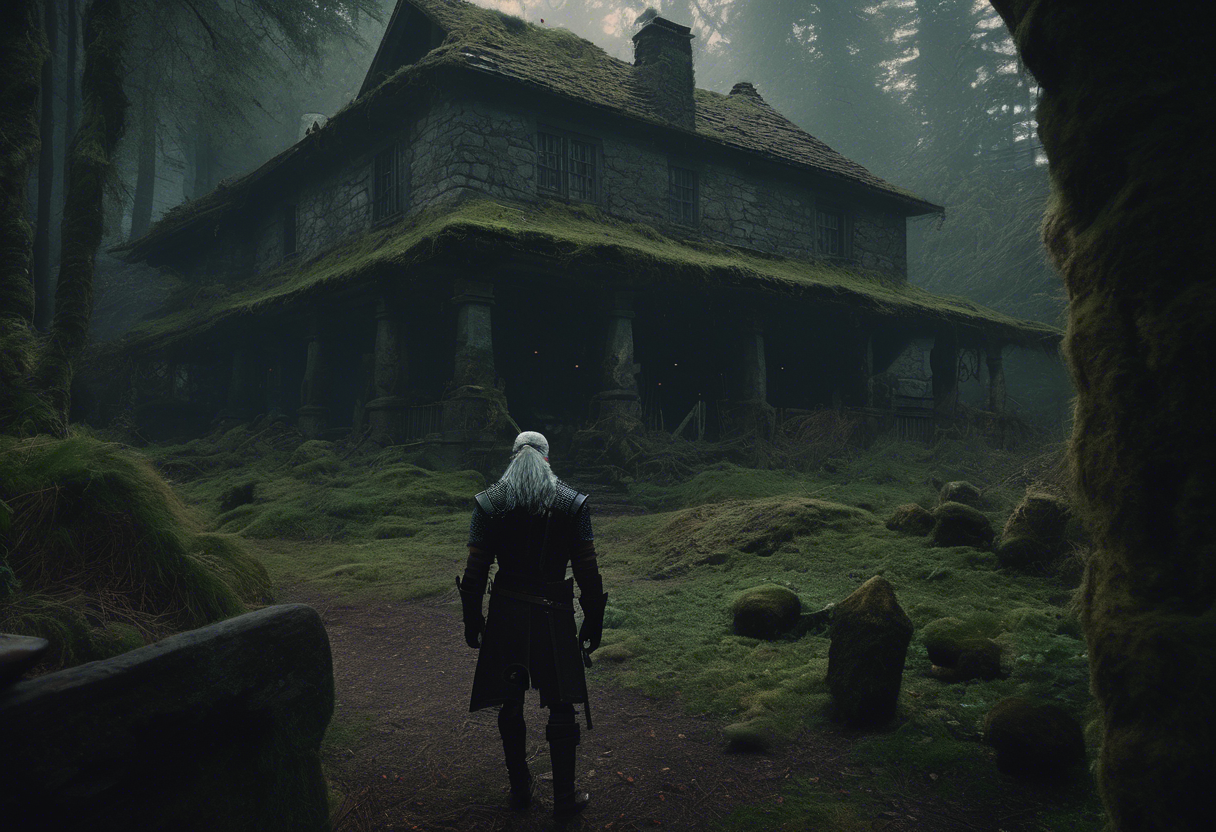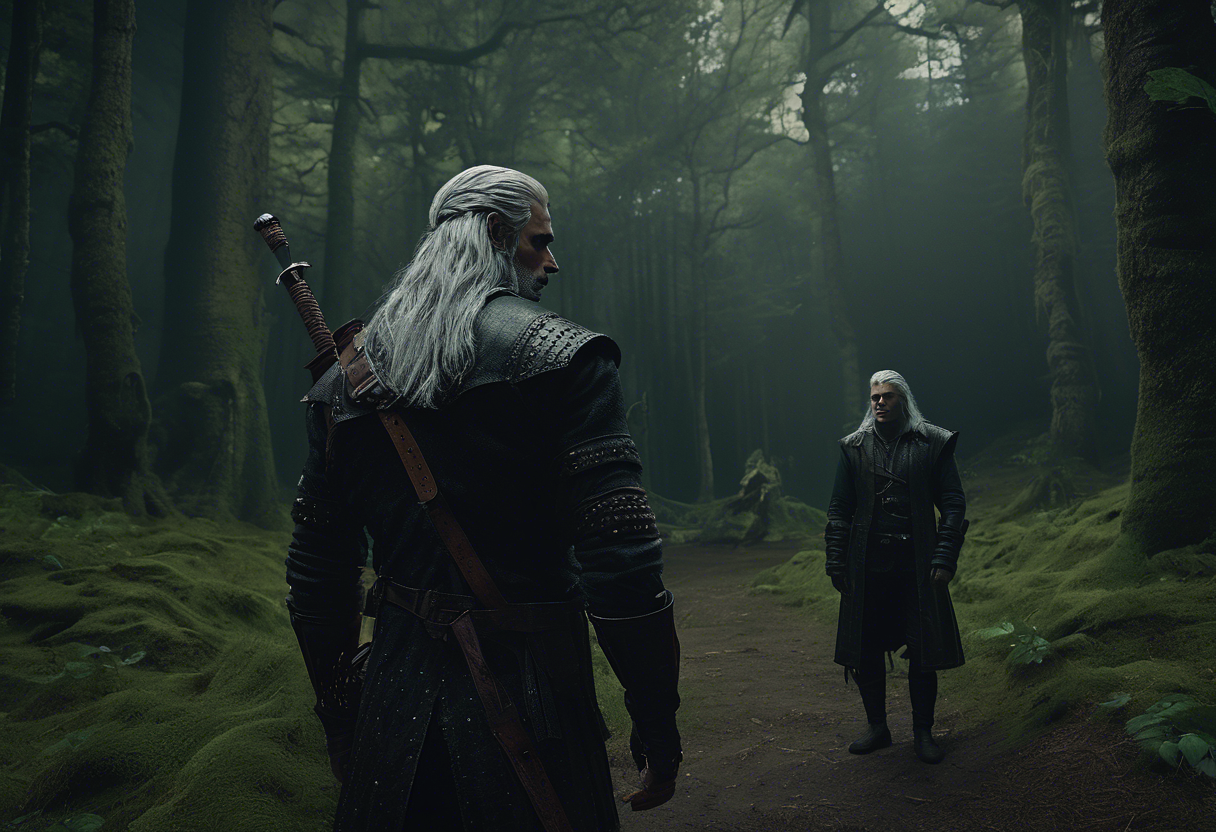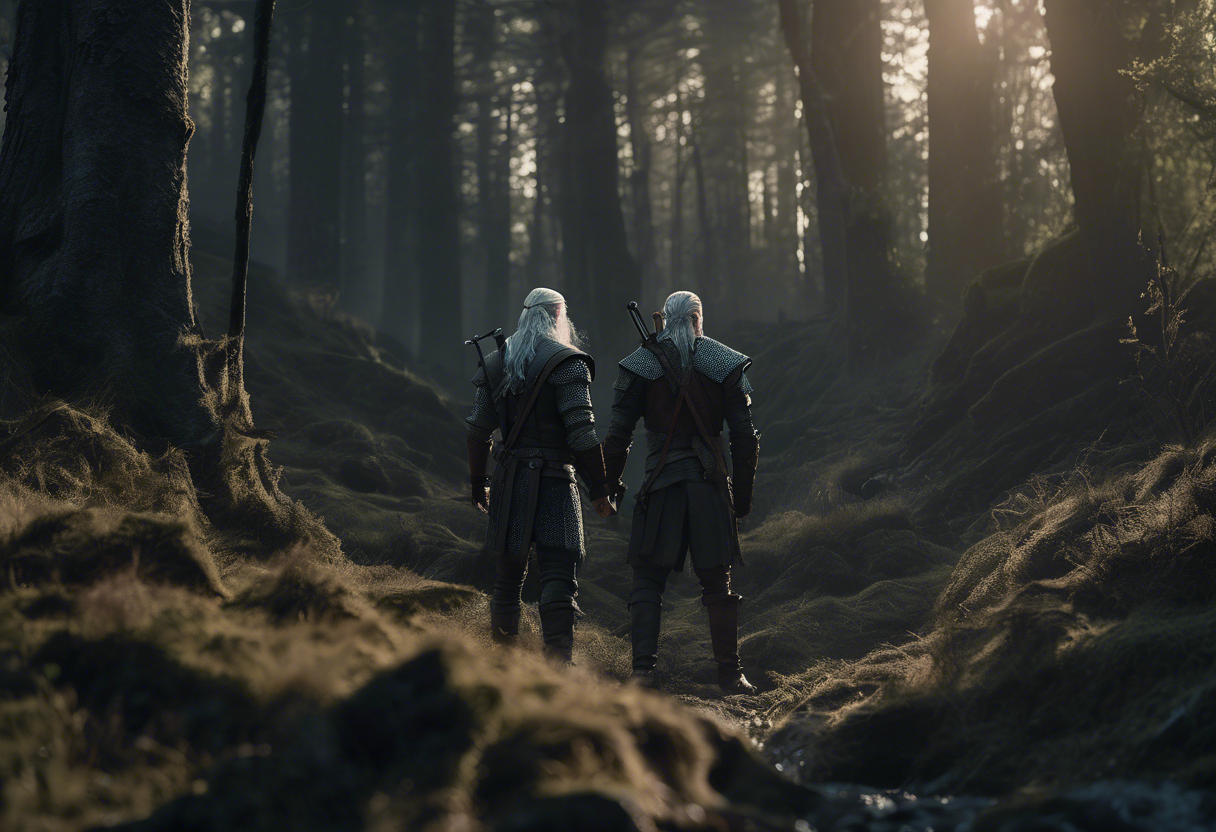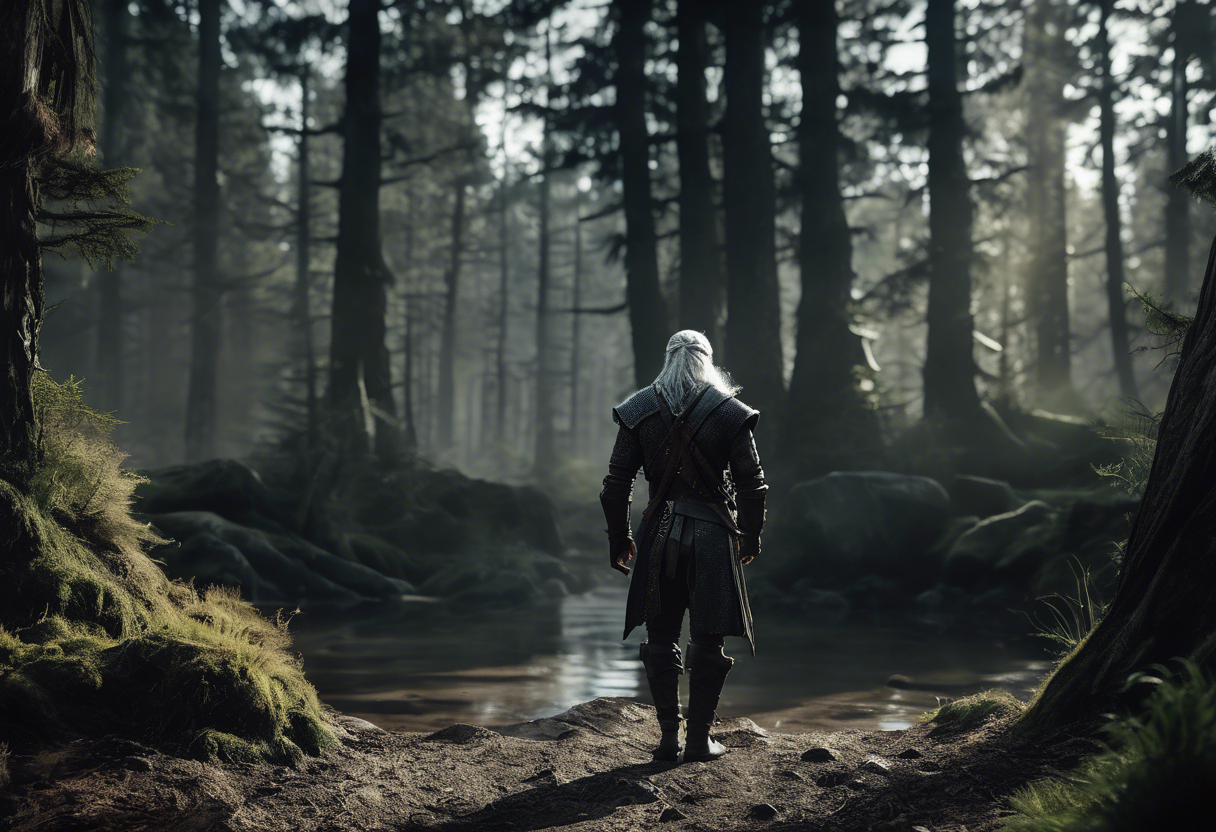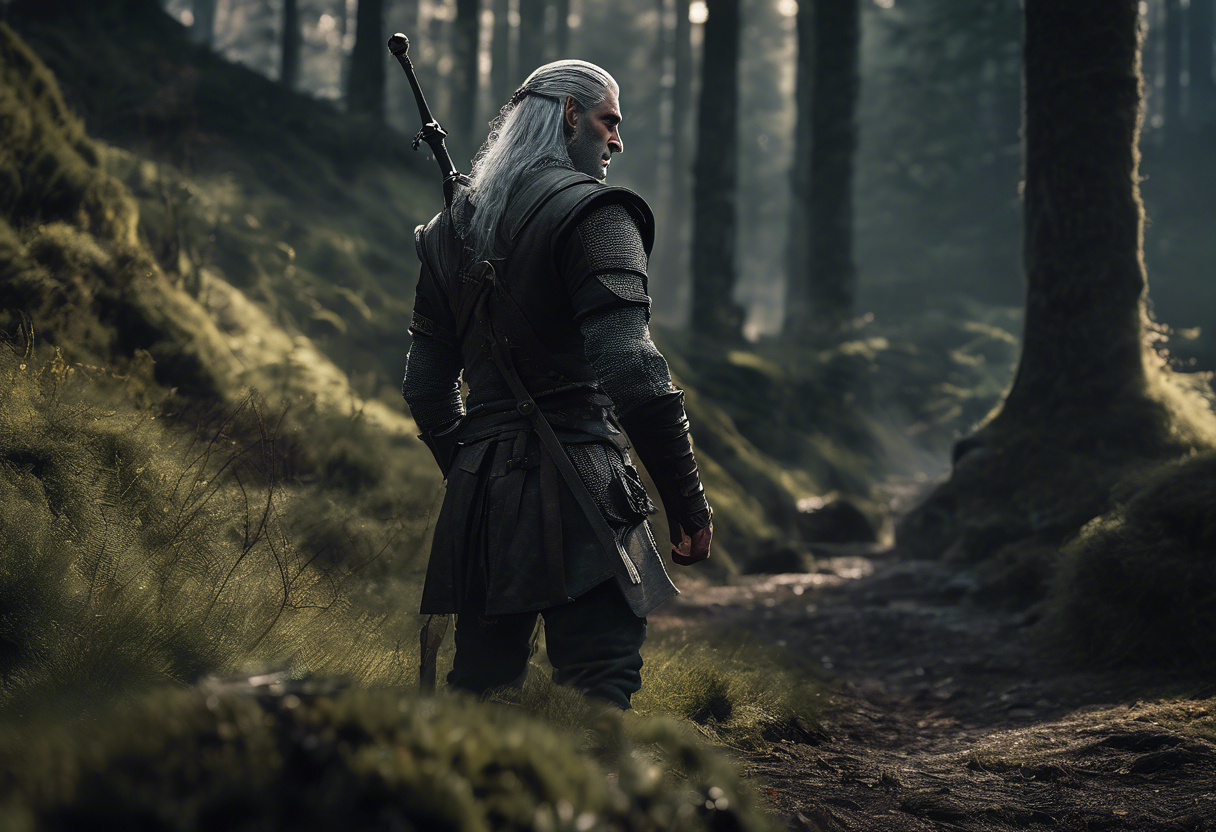Contents
The Witcher Season 2: A Grain of Truth – A Comprehensive Analysis
Introduction
The second season of Netflix’s The Witcher, which premiered on December 17, 2021, marks a significant continuation of the fantasy series based on the popular book and video game franchise. The first episode, "A Grain of Truth," sets the tone for the entire season, addressing some of the criticisms from the first season while introducing new themes and conflicts.
"A Grain of Truth" was directed by Stephen Surjik, known for his work on various TV series, and written by Beau DeMayo, who has been involved in several episodes of The Witcher. The production team, including showrunner Lauren Schmidt Hissrich, aimed to streamline the narrative and improve character development compared to the first season[3][5].
This episode stands out within its genre for its balanced approach to exposition, action, and moral questioning, making it an engaging opener for the season. Here, we delve into the details of "A Grain of Truth," exploring its plot, themes, cultural impact, critical reception, and lasting legacy.
Plot Summary
"A Grain of Truth" begins with Geralt of Rivia (Henry Cavill) and Ciri (Freya Allan) on the run, seeking refuge after the events of the first season. The episode opens with a dramatic sequence where Geralt and Ciri encounter a mysterious and dangerous situation involving a magical curse and a bloodthirsty monster. This sets the stage for the rest of the episode, which delves into the moral complexities of what makes a monster[4][5].
Geralt and Ciri find themselves at the estate of Nivellen, a man cursed to live as a monster. Through their interactions with Nivellen, the episode explores themes of identity, morality, and the consequences of one’s actions. Meanwhile, Yennefer of Vengerberg (Anya Chalotra) is presumed dead after the Battle of Sodden Hill, but her storyline is woven throughout the season, revealing her struggles to regain her magical powers and find a new path[5].
The episode also introduces or revisits several key characters, including Triss Merigold (Anna Shaffer) and Dijkstra (Graham McTavish), each with their own agendas and motivations that add depth to the narrative. The setting shifts between various locations, including the Continent’s forests and Nivellen’s estate, each providing a unique backdrop for the unfolding story.
Themes and Symbolism
"A Grain of Truth" is rich in themes and symbolism, which are central to the storytelling of The Witcher. One of the primary themes is the question of what makes a monster. This is explored through Nivellen’s character, who, despite his monstrous appearance, exhibits human qualities and a deep sense of morality. This theme challenges the audience to reconsider their perceptions of monstrosity and humanity[5].
The episode also delves into the theme of identity and transformation. Geralt and Ciri are both on journeys of self-discovery, with Geralt grappling with his role as a Witcher and Ciri learning to control her powers. Yennefer’s storyline adds another layer to this theme, as she struggles to regain her identity as a powerful sorceress after her experiences at the Battle of Sodden Hill[1][5].
Symbolism is also prevalent, particularly in the use of the magical curse and the monster that Geralt and Ciri encounter. These elements symbolize the external and internal threats that the characters face, as well as the moral dilemmas they must navigate. The swallow symbol, though not directly featured in this episode, is a broader motif for Ciri’s journey throughout the season, representing her broken state and her potential for growth and empowerment[1].
Cultural Impact
"A Grain of Truth" and the second season of The Witcher have had a significant cultural impact. The episode’s release was highly anticipated, given the mixed reception of the first season. Fans and critics alike were eager to see how the series would address its previous issues and evolve its storytelling.
Upon release, the episode received positive feedback for its balanced narrative, improved pacing, and deeper character development. It helped to reinvigorate interest in the series and set a strong foundation for the rest of the season[3][4].
The cultural significance of The Witcher extends beyond its immediate audience. The series has influenced popular culture, with references in other media and discussions in academic and fan communities. The show’s exploration of complex themes such as morality, identity, and power resonates with a wide range of viewers, making it a topic of interest in various cultural contexts[2].
Critical Reception
The critical reception of "A Grain of Truth" was generally positive. Critics praised the episode for its engaging storyline, well-balanced action and exposition, and the moral questions it posed. The performance of the cast, particularly Henry Cavill and Freya Allan, was also commended[4][5].
However, some critics noted that while the episode was an improvement over the first season, it still had some pacing issues and that the narrative could be complex for new viewers. Despite these criticisms, the overall consensus was that "A Grain of Truth" was a strong opener for the season and set the stage for a compelling narrative[3][4].
Legacy
The legacy of "A Grain of Truth" and the second season of The Witcher is multifaceted. The episode’s success in addressing some of the criticisms from the first season helped to establish the series as a significant player in the fantasy genre on television.
The themes and characters introduced in this episode continue to inspire discussions and analyses among fans and scholars. The show’s influence can be seen in other fantasy series and media, where similar themes of morality, identity, and power are explored.
In cinematic history, The Witcher Season 2, particularly "A Grain of Truth," marks a milestone in the adaptation of fantasy literature and video games into television series. It demonstrates how complex narratives can be successfully translated into a visual medium, engaging audiences worldwide.
References
- https://screenrant.com/witcher-season-2-episodes-symbols-logos-explained/
- https://howardwilliamsblog.wordpress.com/2023/03/28/the-archaeology-of-the-witcher-netflix-series-2/
- https://time.com/6129305/the-witcher-season-two-improvements/
- https://thegeekiary.com/what-did-didnt-work-in-the-witcher-season-2/104111
- https://winteriscoming.net/2021/12/19/the-witcher-season-2-episodes-review/

